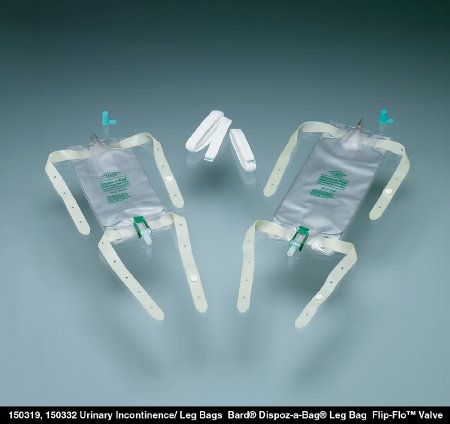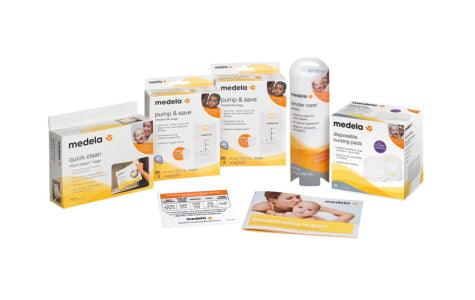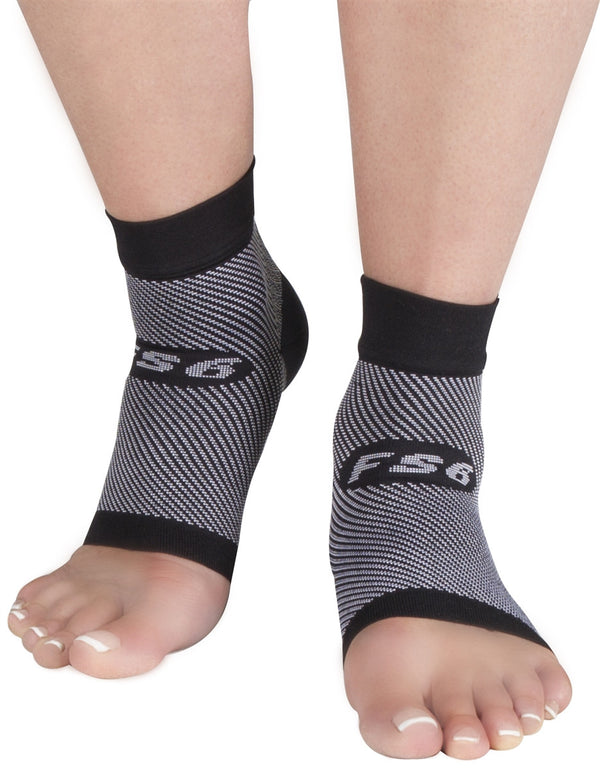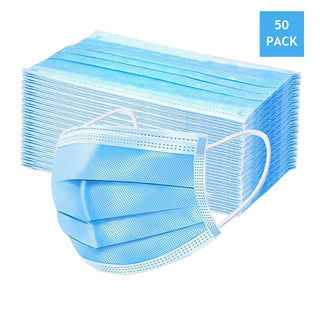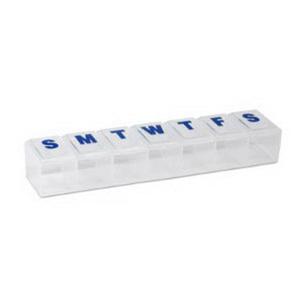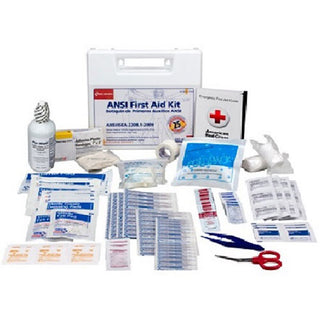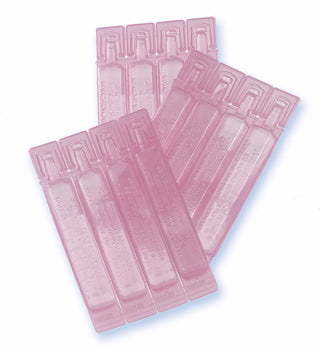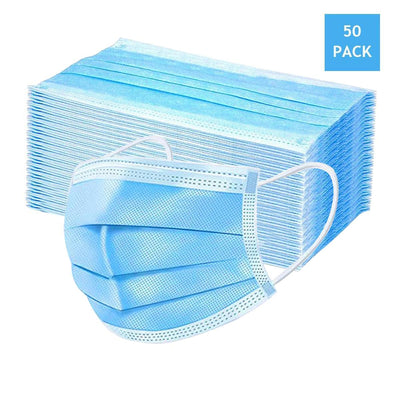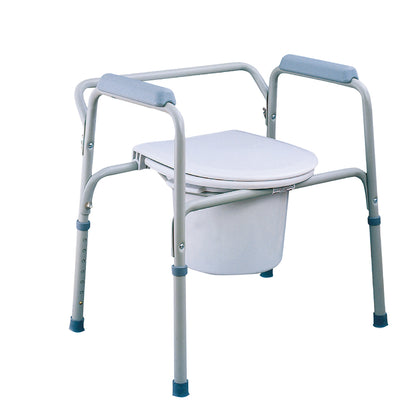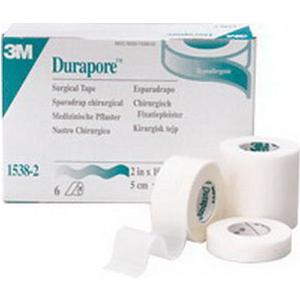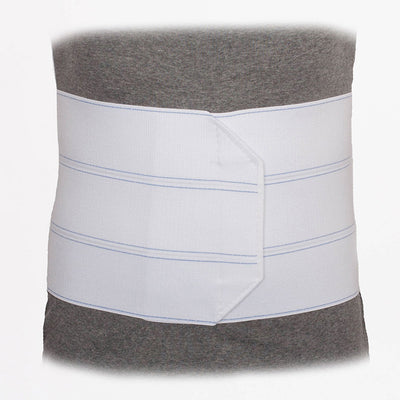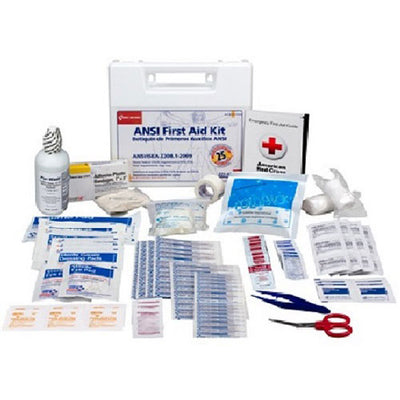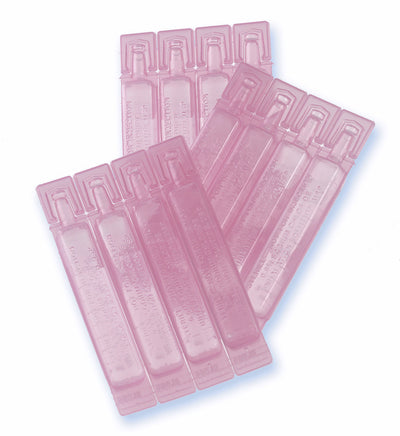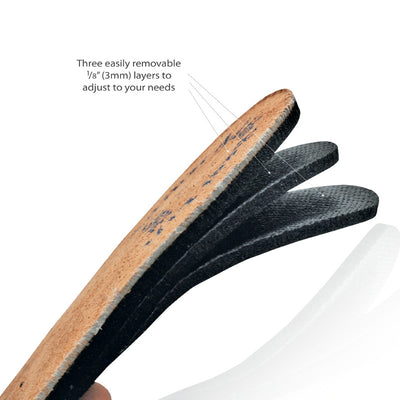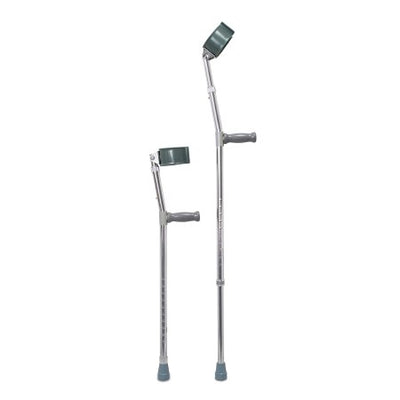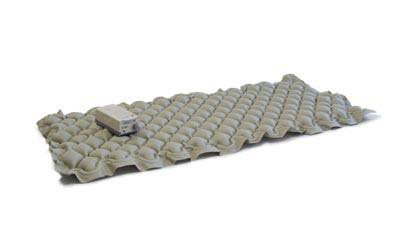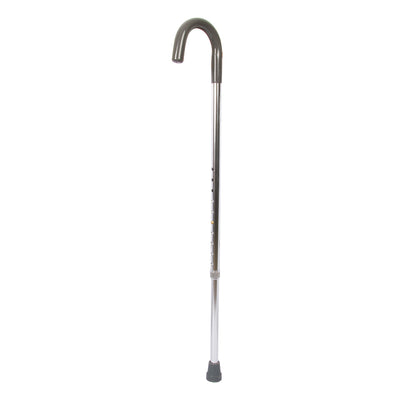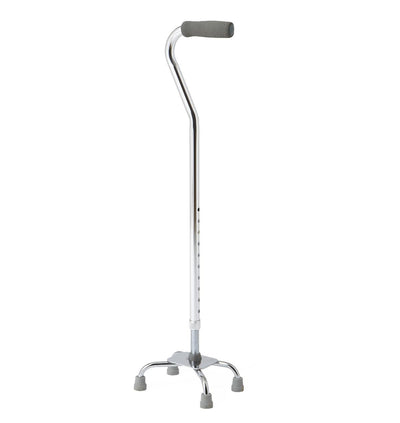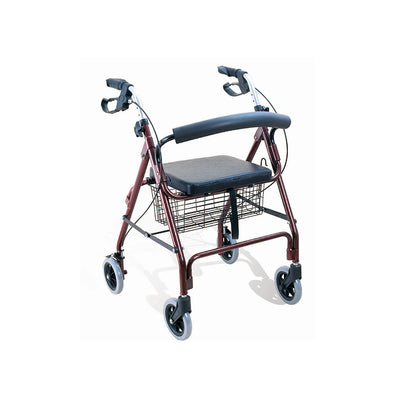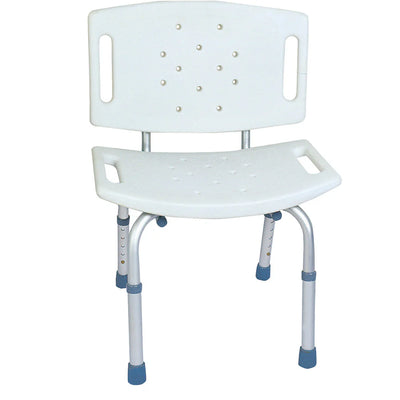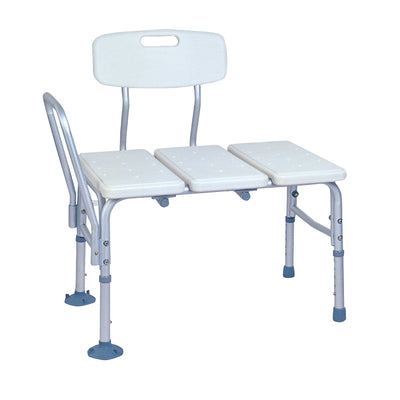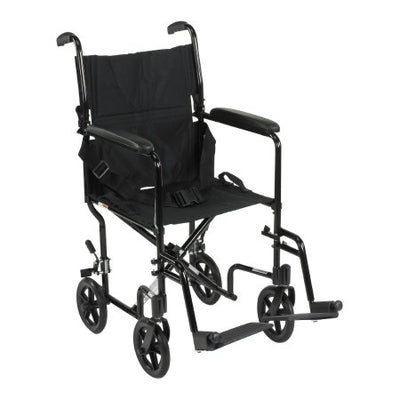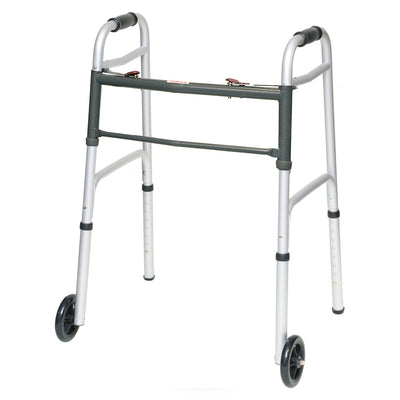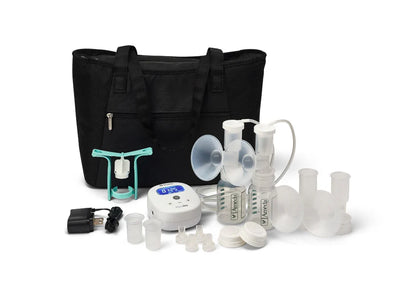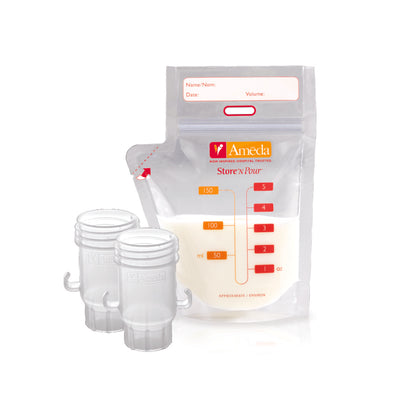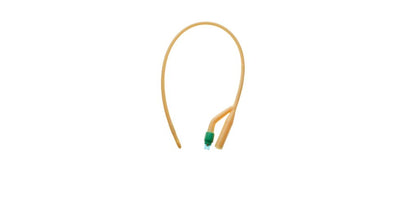
Drainage bags, also known as leg bags, are often used by those who have a neurogenic bladder. A neurogenic bladder is a condition where a person lacks bladder control due to a nerve, spinal, or brain problem. Others may use leg bags as they recover from surgery because urination is too difficult.
Approximately 2 million people use leg bags in the U.S. as a part of their continence care regimen. However, many patients have little knowledge about their leg bags despite using them every day. Consider the following facts about leg bags to learn more about the medical supplies you regularly use.
-
Hygiene is essential for maintaining a leg bag
Prior to applying the leg bag to a urinary catheter, it's essential you clean yourself first. This will help to prevent infection. After you've performed proper hygiene, put on a pair of clean gloves and remove the leg bag caps. Proceed by disinfecting the nozzle of the leg bag with an alcohol pad. Let the nozzle air dry. Once the nozzle is dry, disinfect the tip of the catheter the same way. Then insert the nozzle into the catheter. Once this is done, throw away your gloves and wash your hands. -
Your initials should be written on the leg bag
A medical professional will write your name or initials on the outside of the leg bag while you're in the hospital. However, if you're at home and someone else you live with also uses a leg bag it's important for you to write your initials on the one that is yours. This will help prevent inadvertent use and bacterial transference. -
The leg bag straps should be cleaned daily
Your leg bag should be emptied at least twice a day when it's half-full. The outside of the bag and the straps should be wiped down daily with soap and water. This is best done during your daily bath or shower. Rinse the bag immediately after cleaning and let it dry. While the leg bag is drying, don't let it come into contact with the skin.








